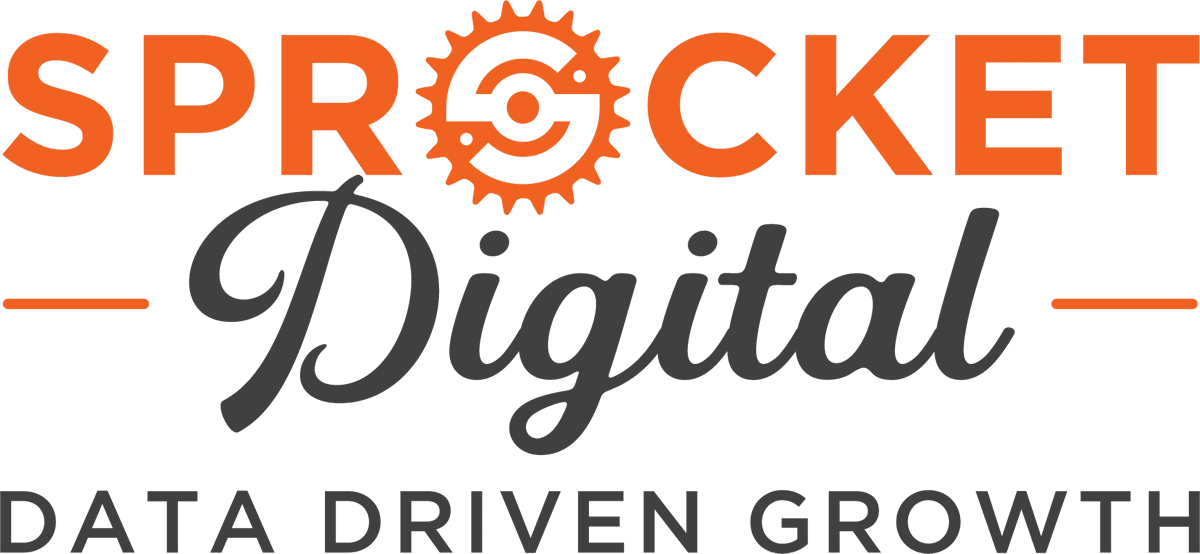How many leads do you really need to reach your target, and how much are you willing to invest to get there?
Let’s say you want to increase your business revenue by $2 million this year. To reach this goal you know you need more sales, which means more leads, which means more (or better) advertising to reach potential buyers.
But how many leads do you really need to hit that target? And how much do you need to invest in your advertising to get there?
To find the answers you seek, you just need to do a little math. There are three questions that need to be considered:
- What is the average lifetime value of a customer?
- How many leads are needed to convert a sale – what is your average lead conversion rate?
- What is the most you are willing to pay for each lead, based on this data?
Let’s dive into these questions to help you figure out the math behind your marketing plan and calculate the ad spend needed to reach your goals.
1. What is the average lifetime value of your customers?
An essential figure to know when determining your marketing budget is the average lifetime value of your customers.
This goes beyond just your average sale value to look at the bigger picture of how much a customer is expected to spend with your business over the course of their relationship with you. It takes into account how much this average customer spends, and how many times, to calculate the long-term value to your business. .
“Knowing the average lifetime value can make a huge difference to what a profitable cost per lead looks like, but is often overlooked.”
Josh Sexton, Digital Performance Director, Sprocket Digital
You may find that an average sale is only $200-500, but in the long run returning customers could spend $2000-3000 if they’ve had a positive experience with your business, and have a reason to keep coming back.
To calculate your average customer lifetime value, there are two parts to the equation:
Part One: Your Average Customer Value
- Work out your average purchase value: Divide your company’s total revenue over the last 12 months by the number of purchases over the same period
- Work out your average purchase frequency: Divide the number of purchases by the number of unique customers who made purchases within the last 12 months
- Multiply your average purchase value by your average purchase frequency to get your average customer value
Part Two: Your Average Customer Lifetime Value
- Work out your average customer lifespan: What is the average number of years that a customer continues to purchase from you?
- Multiply this by your average customer value (from part one), to get your average customer lifetime value.
This gives you the total amount that you can expect to earn from an average customer over their lifetime with you.
Now you know how much a customer is worth to your business, how much do you need to spend to acquire them?
2. What is your average lead conversion rate?
It’s easy to skim the top line of your data and say “Great, if our average sale value is $2000, we only need to make 1000 sales this year to hit our target”. But how many leads do you need to make that many sales?
It’s unlikely that you’ll close 100% of your leads – some will lose interest, some will go to a competitor, and some will take months or years to convert. You need to work out what your lead conversion rate is, so you know how many leads you need to acquire to reach your sales goals.
How many leads did your business generate in the last month, and how many sales did you close? What about the month before? Gather as much recent data as you can for all channels – email leads, calls to sales reps, and social media enquiries.
Now divide the number of sales per month by the number of leads per month, and multiply that by 100 to get your conversion percentage.
For example, last month you might have brought in 150 leads through Facebook and Google advertising. Your sales team managed to close 32 of those leads, turning them into sales. Therefore, your lead conversion rate would be 21% (32 divided by 50 equals 0.21, multiplied by 100 equals 21%).
How many leads do you need to reach your sales goal?
Now you understand how many of your leads convert into sales, you can work out how many more leads you need to reach your bigger sales goal. Simply divide the number of sales you need to generate by your conversion rate, and you’ll have the number of leads that are required to reach it.
For example, if you’re aiming for 50 sales next month, you’d need 238 leads (50 divided by 0.21 equals 238).
3. How Much Are You Willing To Pay Per Lead?
“If I had an unlimited magic mystery bag of (relevant) leads in front of me, and I could pull them out one by one and sell them to you, what is the most you would be willing to pay me for each one?”
Josh Sexton, Digital Performance Director, Sprocket Digital
How much is every phone call, every email enquiry, and every form submission worth to you, now you know the potential lifetime value of every customer and how many leads you need to acquire that one valuable customer?
Finally, you can create an accurate marketing budget based on the goals you want to reach, and what it will truly take to get there.
Of course, there is a way to reduce your cost per lead and cost per acquisition, while maximising the efficiency of your budget, and that’s through conversion rate optimisation.
Conversion rate optimisation can take place on both a technical level and a creative level – everything from the words in your call to action to the placement of a button on your landing page can make a difference to your conversion rate.
“Conversion rates should always be looked at as part of the wider strategy, as it will lead to increased efficiency when the budget scales over time. This will have a compounding effect on the total ROI generated as the business grows.”
Josh Sexton, Digital Performance Director, Sprocket Digital
- At Sprocket Digital, we’re experienced at guiding our clients through this process to help them scale their business sustainably and efficiently, while getting them the valuable leads they need.



